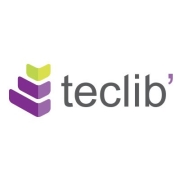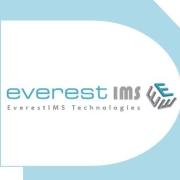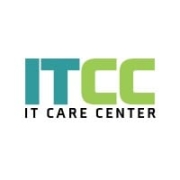IT Service Management (ITSM) enhances organizational efficiency by standardizing how services are delivered. It structures processes and ensures performance through best practices, allowing businesses to improve their service quality and user satisfaction.
This framework encourages seamless coordination between IT teams and business units. ITSM provides a comprehensive approach to manage IT services, focusing on areas like service design, transition, operation, and improvement. Companies rely on ITSM to align IT services with business needs, reduce costs, and improve service quality. This approach helps in mitigating risks and drives continuous improvement in service delivery.
What features make this category stand out?In healthcare, ITSM ensures compliance with regulatory standards while optimizing patient care delivery. Financial services use ITSM to improve transaction processing and service availability, enhancing customer trust and reliability.
Organizations value ITSM for its role in delivering efficient service management processes that align IT services with business objectives, especially in sectors dedicated to maintaining high service standards.

































































Implementing ITSM can significantly enhance your organization's productivity by streamlining your IT processes and aligning IT services with your business objectives. By adopting best practices such as ITIL, you can improve service delivery, minimize downtime, and ensure faster incident resolution, enabling your staff to focus more on strategic business activities rather than handling IT issues.
What role does automation play in ITSM?Automation in ITSM is crucial for improving efficiency and reducing human error. By automating repetitive tasks such as ticket assignment, service requests, and incident management, your IT team can focus on complex issues that require human intervention. Automation also speeds up response times and helps maintain consistent service quality, leading to higher customer satisfaction.
How can ITSM improve customer experience?ITSM improves customer experience by providing structured processes and clear workflows, ensuring timely and effective service delivery. It helps establish transparent communication channels between your IT department and users, making it easier to manage expectations and solve problems promptly. By implementing ITSM tools, you can track customer interactions, learn from feedback, and continuously improve services.
Why is change management essential in ITSM?Change management is essential in ITSM because it provides a structured approach to modifying your IT services and infrastructure with minimal risk. Efficient change management ensures that all changes are systematically assessed, approved, and documented, reducing the potential for disruptions and enhancing service reliability. This process helps you adapt quickly to market needs while maintaining system stability and performance.
What are the benefits of integrating ITSM with existing enterprise tools?Integrating ITSM with your existing enterprise tools can lead to numerous benefits, including improved data visibility, streamlined operations, and better collaboration across departments. This integration enables you to have a unified approach to service management, ensuring that IT functions are aligned with your business processes. It enhances transparency and provides insights that can drive better decision-making, ultimately leading to improved efficiency and cost savings.